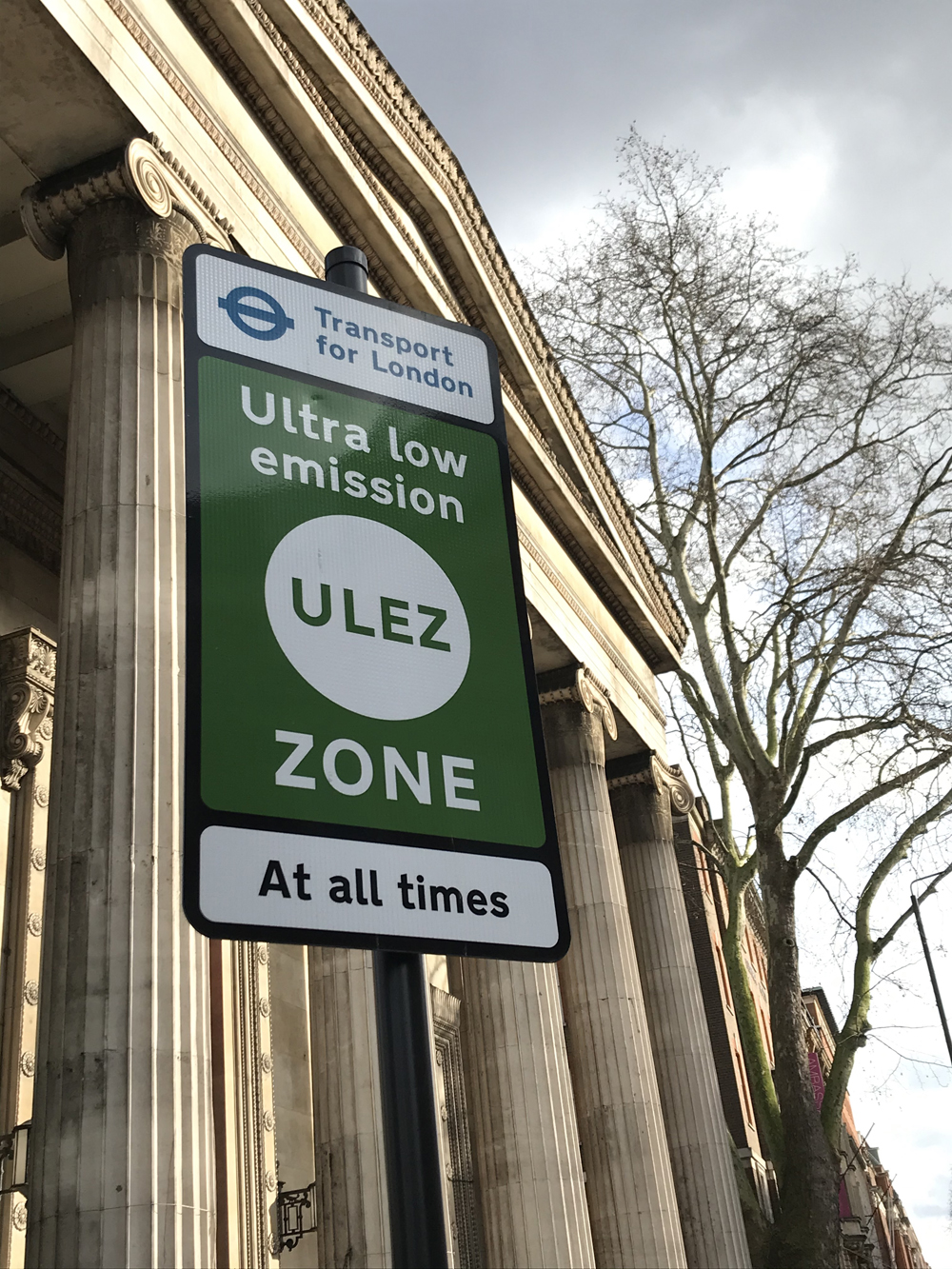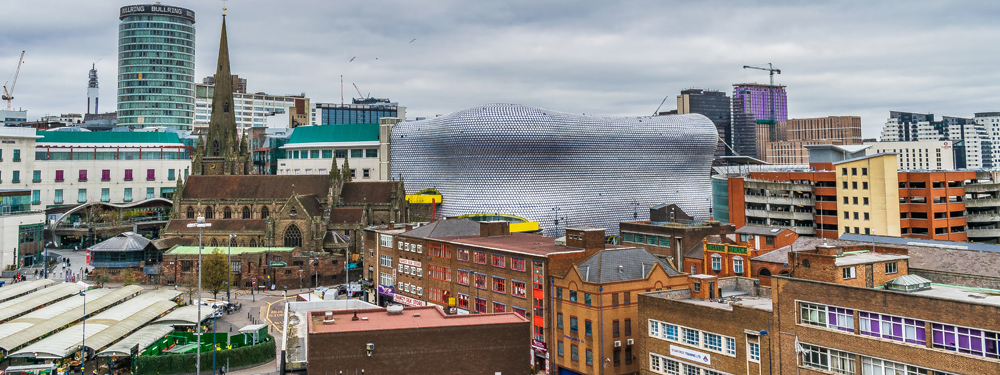
Air quality was high on the agenda of most transport authorities well before the full impact of Covid-19 was felt, but the pandemic has brought the issue into even sharper focus.
In the UK, the March lockdown and government guidance to stop all non-essential journeys saw a dramatic reduction in the number of vehicles on the country’s roads, with air quality levels in towns and cities immediately improving. For example, in the first six weeks of lockdown in London, levels of PM2.5 fell by around 35%, with similar, significant falls also being recorded across the UK.
Inevitably as lockdown restrictions began to ease, and with the public being asked not to use public transport, traffic levels rose again, in some countries to higher than pre-lockdown levels. Consequently, air quality began to deteriorate.
Public opinion research, undertaken in June by YouGov on behalf of Siemens Mobility, indicated that the crisis may result in long-term changes to transport choices, with a significant percentage of people intending to use public transport less for the foreseeable future - or even permanently. Many people intend to rely more on their car to make journeys to reduce their reliance on, and exposure to, public transport.
Put simply, the climate and health emergency that pollutants cause has not gone away, with the Royal Colleges of Physicians and of Paediatrics and Child Health estimating that 40,000 premature deaths a year in the UK are linked to poor air quality.
However, action is being taken in cities and towns worldwide to address this issue, with a range of solutions available to authorities to enable them to manage their traffic networks in a holistic fashion, with air quality the key outcome.
One of the most targeted tools is the establishment of a clean air zone (CAZ), which is proven to significantly reduce the volume of nitrogen oxides and particulates in the air. A CAZ is an area in which a local authority has introduced measures to improve air quality, targeting both commercial and non-compliant private vehicles. The creation of these zones in major UK cities is part of the UK government’s broader Air Quality Plan, which aims to improve air quality and address sources of pollution, and which contributes to the UK’s compliance with the European Union’s clean air directive.
 The YouGov polling also showed the public’s continued commitment to the environment, with strong support for the introduction of local CAZs, and a majority saying they would support the introduction of a zone in their nearest town or city centre. Two-thirds of those living in urban areas support the measures.
The YouGov polling also showed the public’s continued commitment to the environment, with strong support for the introduction of local CAZs, and a majority saying they would support the introduction of a zone in their nearest town or city centre. Two-thirds of those living in urban areas support the measures.
The first use of CAZ technology in the UK was for Transport for London’s (TfL’s) ultra low emissions zone (ULEZ). Introduced in April 2019 in the existing central London congestion charge zone, the system has already proven to significantly reduce the volume of nitrogen oxides and particulates in the air by reducing the number of older, more polluting vehicles that enter the central zone.
Vehicles that do not meet the strict ULEZ emissions standards are required to pay a daily charge or incur a penalty, with the system using a network of ANPR cameras to enforce compliance.
The system is integrated with the roadside sensors and ANPR cameras which form part of TfL’s existing congestion charging scheme. The cameras identify and register every vehicle that enters the zone, 24 hours a day, 365 days a year. his information is then transmitted to Siemens Mobility’s dedicated and secure data centre, where the company’s ULEZ in-station software determines the compliance of the vehicle. The system is capable of processing an immense volume of data, which has to be processed and stored in such a way it can be used as a basis for notifications of charges and penalties.
After the first 10 months of operation, research from the Mayor of London’s office shows that in January 2020 ULEZ has contributed to a 44% reduction in roadside nitrogen dioxide in the central zone. In January there were 44,100 fewer polluting vehicles being driven in the central zone every day with more than 80% of vehicles in the zone now meeting the ULEZ emissions standards (up from 39% in February 2017).
From March 2019 to January 2020, there was a large reduction in the number of older, more polluting, non-compliant vehicles detected in the zone: some 17,400 fewer on an average day. Compared to a scenario where there was no ULEZ, the research shows that nitrogen oxide emissions from road transport reduced by 35% (320 tonnes) and carbon dioxide emissions by 6% (12,300 tonnes).
From October 2021, the ULEZ area will be expanded to include the whole of inner London, bounded by the city’s North and South Circular roads, with the new zone being 18 times the size. However, whilst the existing congestion charge and ULEZ zone has around 650 cameras, new technology means only around 750 additional cameras will need to be installed, with TfL prioritising cameras at locations already used to monitor traffic, on existing lamp columns and on traffic signals. Installation work on this scheme is now under way, with the first two Siemens Mobility Sicore II ANPR cameras for the expanded zone having been installed on 3 August 2020.
Siemens Mobility is also installing CAZ solutions in a number of other UK cities, with Leeds and Birmingham the first. The company’s intelligent vehicle recognition and analysis software means that charging can be set to apply to a specific group or groups of vehicles, so for example only the worst polluting - such as heavy goods vehicles, coaches, buses and taxis - would be subject to a charge.
In Birmingham, the CAZ will cover all Class D vehicles (buses, coaches, taxis, private hire vehicles, light and heavy goods vehicles and cars), albeit with certain exemptions. Siemens Mobility worked closely with the Council, the Department for Transport’s Joint Air Quality Unit and the other programme partners to develop a robust and reliable system which will work alongside the existing Siemens ANPR Camera system which monitors and enforces use of the city’s bus lanes.
In Leeds, the CAZ only applies to the worst polluting heavy goods vehicles, coaches, buses, taxis and private hire vehicles, encouraging businesses to transition to cleaner, lower emission vehicles. Private cars, vans and motorcycles will not be charged. All monies raised through penalty charges will be used to cover the costs of operating the zone itself, to support owners of affected vehicles and for other schemes to improve air quality.
In both schemes, Siemens cameras will identify and register every vehicle that enters the charging zone and this information will then interface with the UK government’s national CAZ database for vehicle checking and payment.
In the longer term, as emission levels are lowered in line with targets and to support broader sustainability goals, different combinations of products and services are likely to be deployed, with technology being used to improve traffic flow, backed by enforcement measures to help target the most polluting vehicles and provide a financial motivation to encourage behavioural change.
To support these broader goals, Siemens Mobility recently announced an exclusive partnership with air quality expert EarthSense, to provide the Zephyr air quality measurement system for traffic management applications. By fully integrating this air quality sensor with the traffic signal controller and traffic management system, end-to-end air quality can be measured and monitored in real-time. This then enables authorities to make meaningful and timely interventions through Siemens Mobility’s Stratos traffic management system, implementing strategies based on reliable pollution data and prevailing air quality levels.
Oxfordshire County Council has already deployed Zephyr sensors to gain a better understanding of the impact of road traffic on dynamic air quality. Vehicles within the council’s fleet services are to be fitted with measuring sensors to give real-time data on both vehicle emissions and the local air quality along the route. The data will be used to optimise traffic light control and coordination in order to manage and mitigate road congestion and pollution. The data will also feed into the county’s work with Oxford City Council as it prepares for its Zero Emission Zone.
The Zephyr sensor is just one of a number of tools, which include traffic modelling, bus prioritisation and optimising signalling, all of which can contribute to a more efficient transport network and a cleaner, healthier and more attractive environment.
 ABOUT THE AUTHOR
ABOUT THE AUTHOR
Wilke Reints is managing director intelligent traffic systems for Siemens Mobility in the UK












